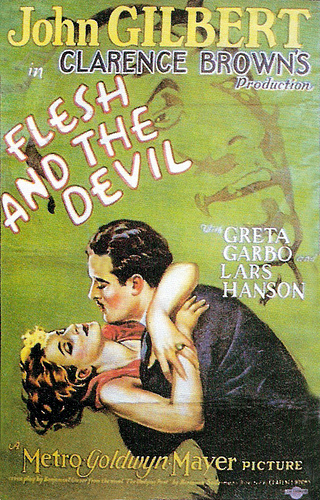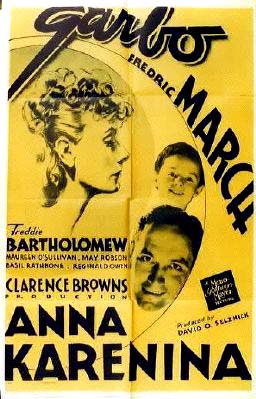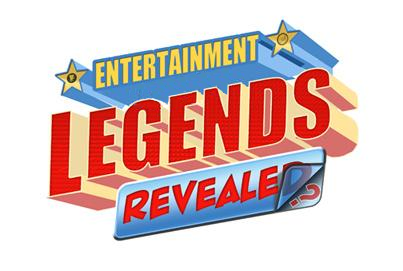Did an Early Film Version of Anna Karenina Have Two Endings, One Happy and One Sad?
Here is the latest in a series of examinations into urban legends about movies and whether they are true or false. Click here to view an archive of the movie urban legends featured so far.
MOVIE URBAN LEGEND: An early film adaptation of Anna Karenina contained two versions of the ending, one happy and one sad.
The 1927 silent film, Love, is a great example as to how little regard Hollywood often has for its source material.
Greta Garbo and John Gilbert starred together in the 1926 silent film blockbuster, Flesh and the Devil, where Gilbert plays a man driven practically to madness with his desire for Garbo. At the time, Garbo and Gilbert began a real-life, very public romance.

In 1927, Garbo went through various machinations to get Gilbert on to her next film, which was an adaptation of Leo Tolstoy’s classic novel, Anna Karenina (Garbo was “sick” for months until the studio both gave her a raise and replaced her initial co-star for the film with Gilbert). The sad melodrama of the ill-fated lovers of Anna Karenina (Anna and Vronsky, who are torn apart by the fact that they fell in love while Anna was married to the heartless Senator Karenine) perfectly fit the melodrama of Flesh and the Devil.
The working title for the film was Heat, but it was changed to Love.
While it was never said explicitly that this was the reason behind the change, it does seem likely that the tagline “John Gilbert and Greta Garbo in Heat” probably was at least a partial reason for making the change from that title, while on the other hand, “John Gilbert and Greta Garbo in Love” is an absolutely brilliant tagline, given their very notorious romance.

What’s also notorious about the film is what they did to Tolstoy’s novel.
They film makers actually produced TWO separate versions of the film.
In Europe, the ending to the film was the same as in the novel (SPOILER WARNING, I suppose) – Anna’s confusion over the sad state of her life (she has lost the right to visit her son by the Senator and she has given up her relationship with her love, Vronksy, to save his reputation) drives her to commit suicide by throwing herself in front of a train.
However, for the United States, the film makers produced a special version of the film with a happy ending! Vronsky spends years searching for Anna, and in the time, the Senator dies and Anna is reunited with her son, who she visits daily. Vronksy discovers a notice in the paper about her son, and he finds her and the two lovers are reunited and they live, presumably, happily ever after.
U.S. theaters were actually given the option of using either ending, and they almost always went with the happy one.
And really, while the film is a horror for those who appreciate the sanctity of great fiction, the film still DOES deliver on the legendary Gilbert/Garbo chemistry. So it’s definitely worth looking into if you ever see it playing on Turner Classic Movies (they air both endings).
In 1935, Garbo did a talking picture version of Anna Karenina…

The legend is…
STATUS: True
Feel free (heck, I implore you!) to write in with your suggestions for future urban legends columns! My e-mail address is bcronin@legendsrevealed.com






The funny thing is, the first thing I thought of with the double ending thing would be that, if a modern filmmaker wanted to reconcile the two, it wouldn’t be difficult to have the happy ending show first, then cut back and reveal that it was all just a figment of her imagination, as she fantasized about what might have been. And then, pow, train.